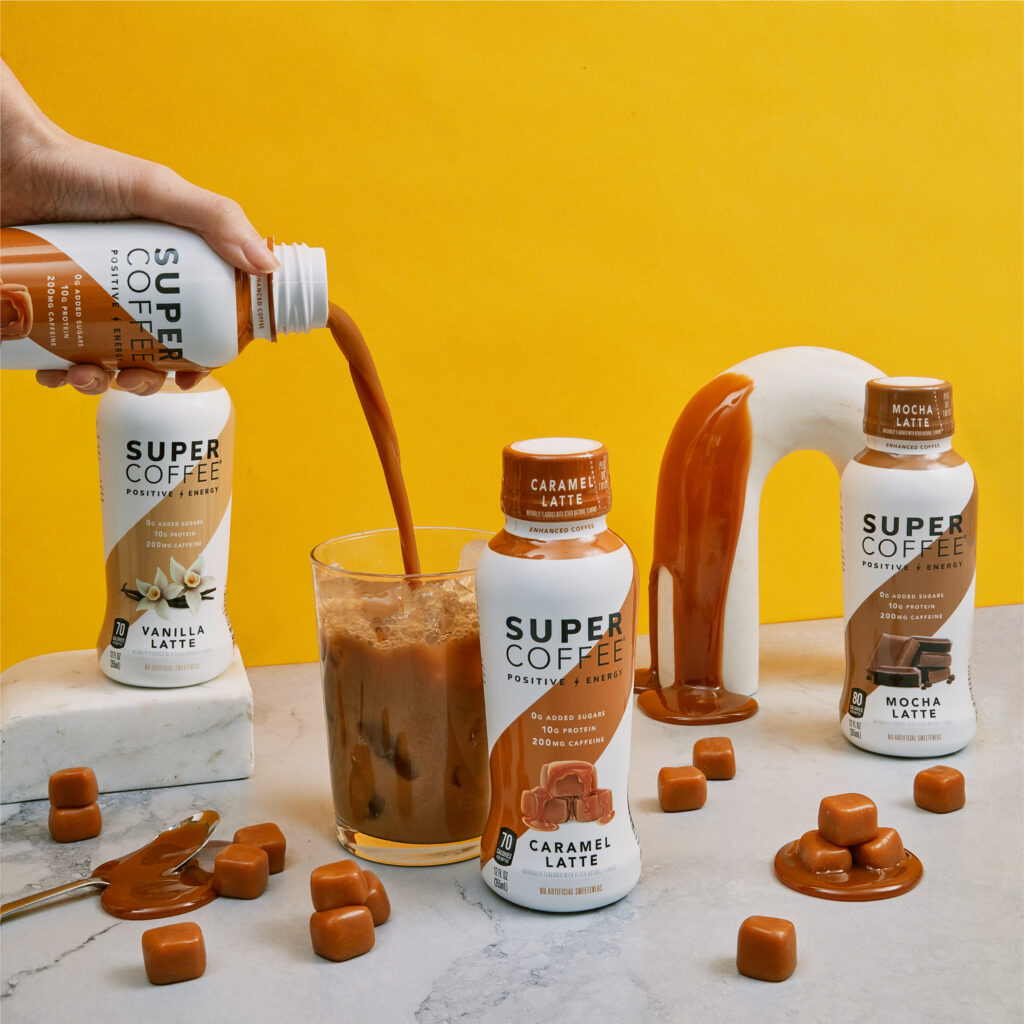In the world of consumer-packaged goods (CPG), a distributor provides a bridge between producers and retailers.
Because of what they do, distributors play a critical role in business expansion. However, understanding the world of distribution — and how to choose the right vendor partner — can be difficult for first-time business owners to grasp, especially in the competitive food and beverage space.
In this article, we break down some important considerations and questions to ask yourself before working with a distributor to grow your business.
There are several types of distributors within the CPG space. Retailers can opt for broadline distribution, in which distributors carry an expansive range of products, or centralized distribution centers, which deliver shipments from suppliers to a central location rather than to each distributor’s location.
Another option is direct store deliver (DSD) distribution. DSD allows for the producer or manufacturer of a product to ship it right to the retail store, bypassing the retailer’s distribution center. Often, DSD distribution works well for the food and beverage industry, as it hinges on a high-volume, fast-turnaround process.
DSD’s value also resides in the space where merchandisers don’t display products themselves. Instead of having product lines in five different locations in a store, DSD partners will go in, stock, and make sure the product(s) end up in the right place.

“DSD is more of a full service where they stock the shelves to help build off-shelf displays,” said Jimmy DeCicco, the CEO of Super Coffee. “I think the one of the risks with DSD is it requires a lot of support, so we’re 135 full-time employees. We have 80 sales reps in the field every day, working with [our distributor] Anheuser-Bush to really support those stores [that carry our products].”
New businesses in retail need to budget for demo and support when considering distribution. Demoing products, and running promotions, enable businesses to gain more visibility for their products and even place them in new stores. Renee Dunn, founder and CEO of Amazi Foods, provided the breakdown of her business’s planned percentages for demo and support.
“We have our dedicated trade spend and then we have separate marketing budgets. I aim to be somewhere between 15% and 20% for each of them. I think it also depends on the main retailers that you’re partnering with.”

While Dunn budgeted in the 15% to 20% range for demo and support activities, she recommended if you have a stronger field marketing presence, you might have to start a bit steeper than that. DeCicco’s experience backs this up: He noted that Super Coffee started off at a budget of 30%, though their present goal is to get that percentage down to 15%.
In CPG, it is vital that business owners understand how their product fits into their target consumer’s lives — and what those consumers value — to craft unique marketing, promotions, and distribution strategies. This may mean highlighting different product features depending on what your target market is looking for in your product category.
For instance, DeCicco noted that his product, Super Coffee, is technically competing with the Starbucks Frappuccino. Although Super Coffee contains MCT oil and monk fruit sweetener instead of the milk and sugar in Frappuccinos, these products are competing on the “value” of taste and flavor rather than ingredients and nutrition.
“Think about the Walmart shopper [versus] the Whole Foods shopper,” said DeCicco. “[The Walmart shopper] will not sacrifice taste for health. If it doesn’t taste good, they might try it once, but they will not buy it again. So I think flavor is the most critical piece to that retention.”
When you’ve nailed your product’s value to consumers and can compete with bigger brands, that’s the time to consider a wider distribution strategy.
“Once you have a product that tastes good enough for people to convert from their favorite brand, then you do the sampling, you show up events, and you team up with a shopper marketing tool to run coupons or promotions on the back of receipts in store,” said DeCicco.
Bottom line: your product needs to fit what customers value most and be good enough to turn them from their existing favorite.
One of the biggest headaches for brands that are just getting started with distribution is dealing with chargebacks and fees. A chargeback occurs when you sell your product to a distributor for a higher price than they’ve set for their retail customers, so they issue a chargeback to you to recoup the money they’ve lost.
Some of these chargebacks are erroneous and can be disputed (Dunn said Amazi Food runs a chargeback check at least once a week and disputes anything they don’t fully understand).
For new business owners getting into distribution, it’s recommended looking three months out and examining the following to evaluate ROI:
Give us some info so the right person can get back to you.